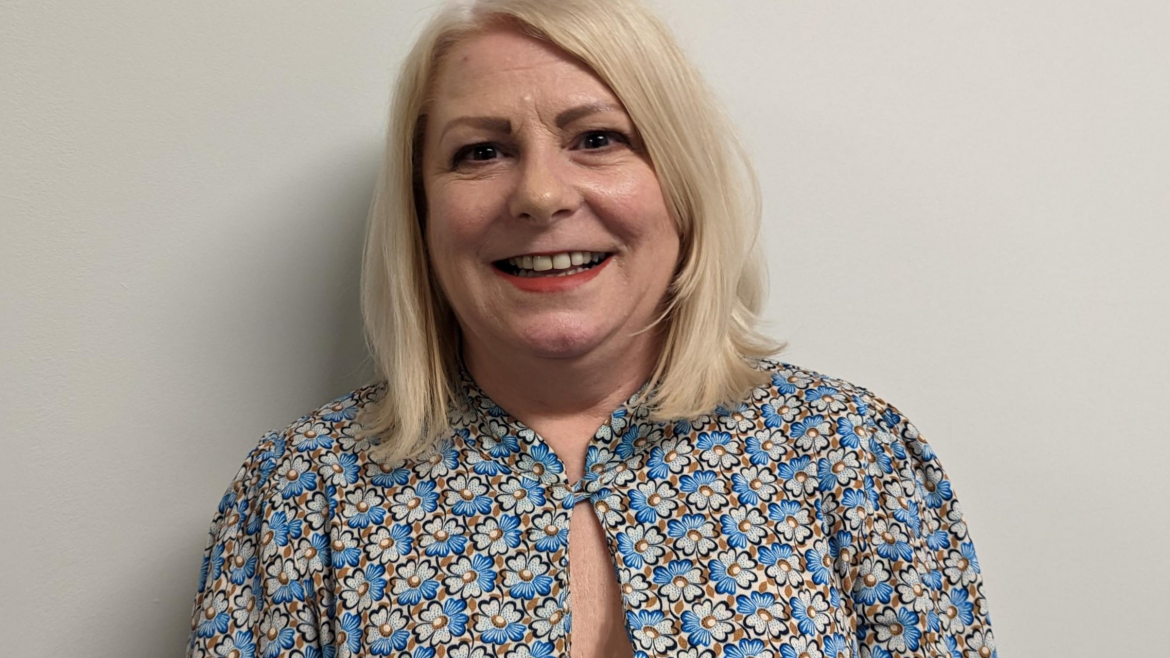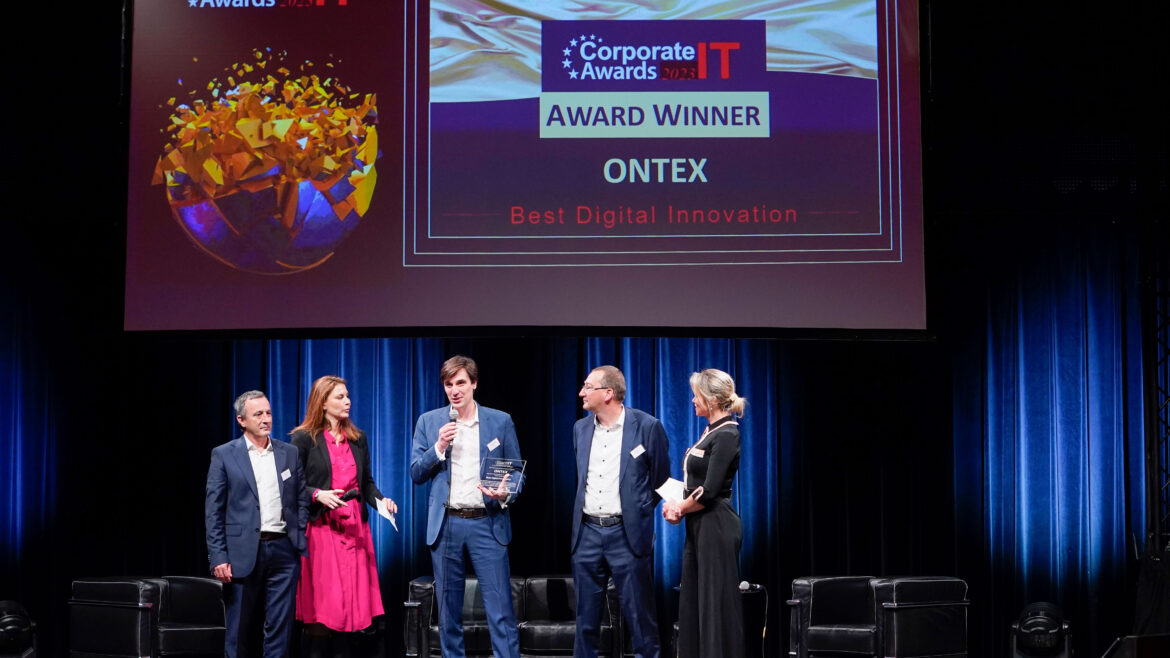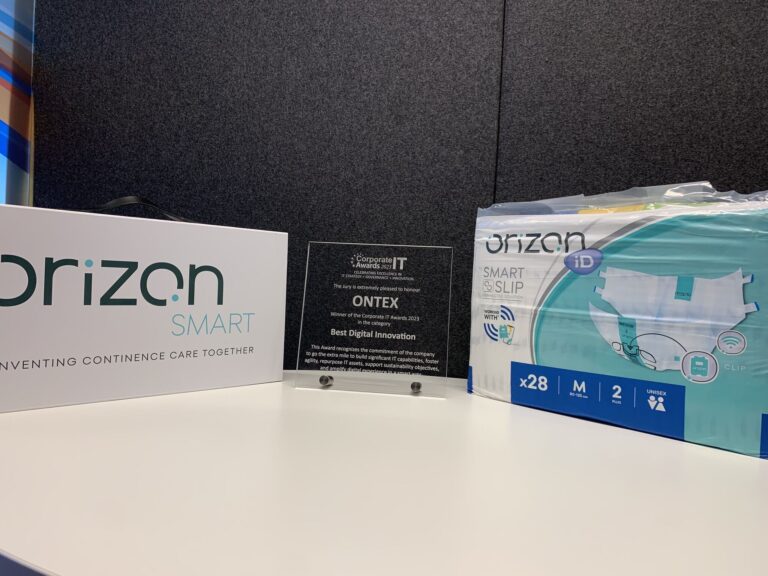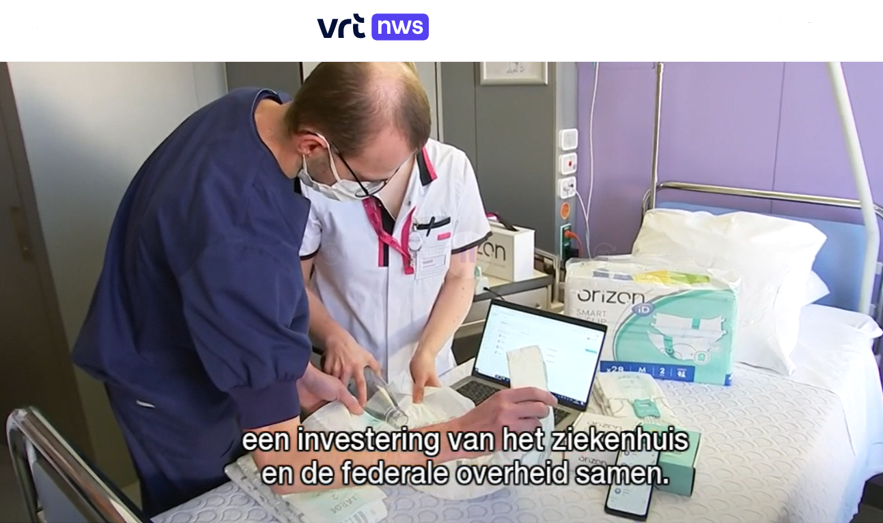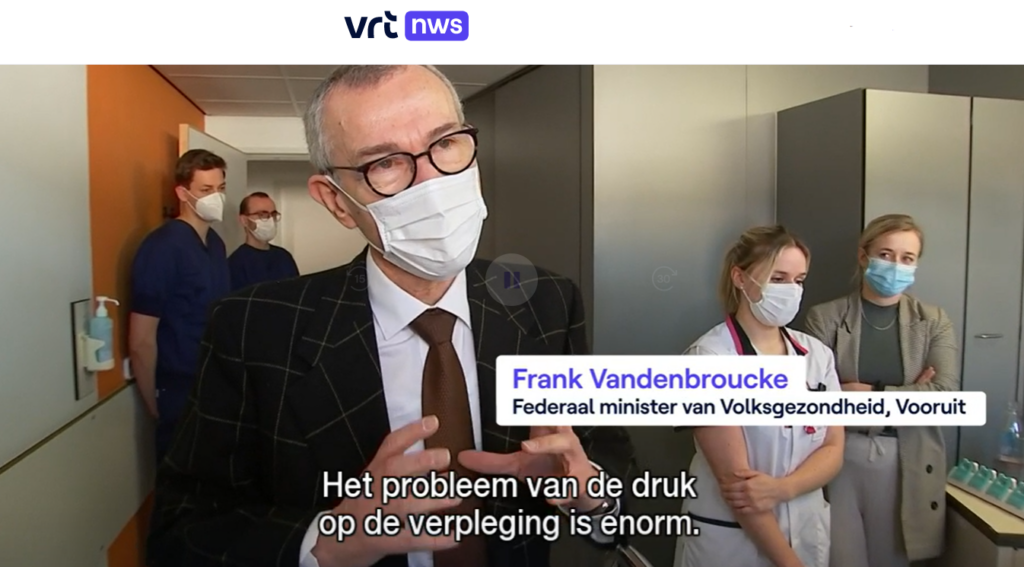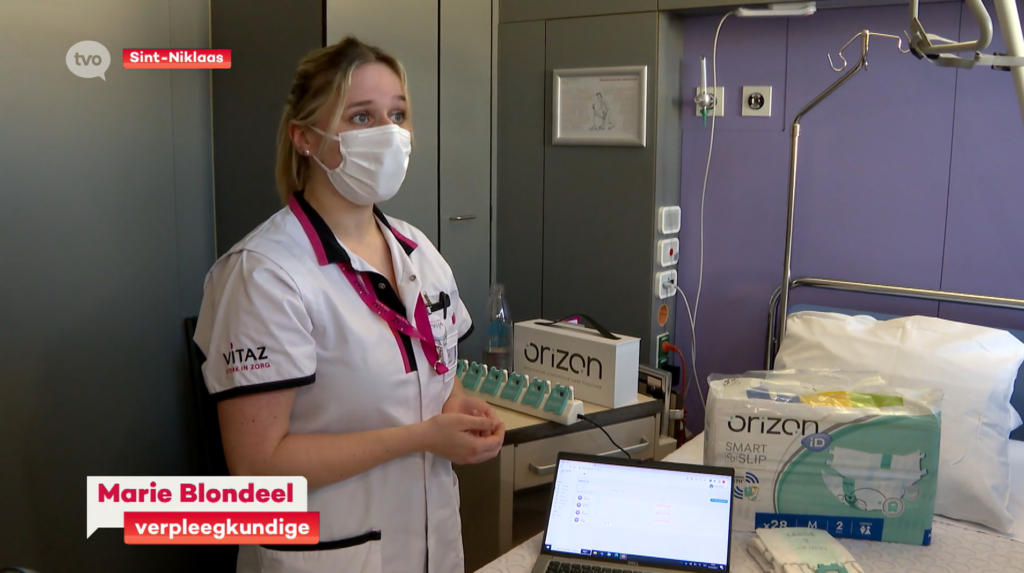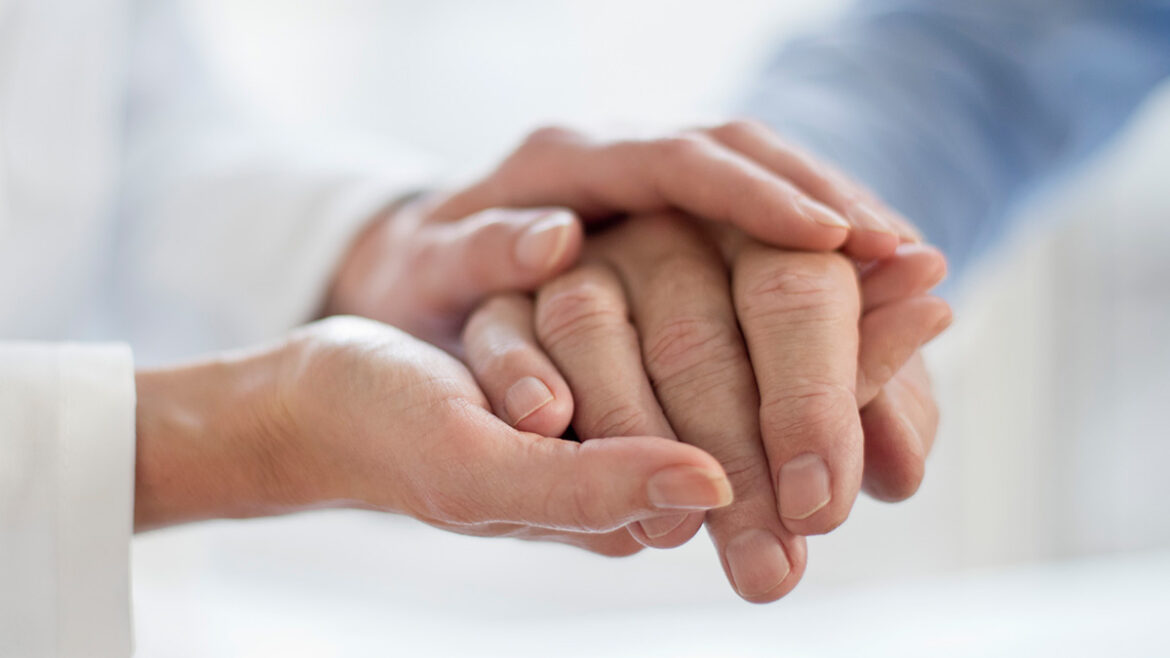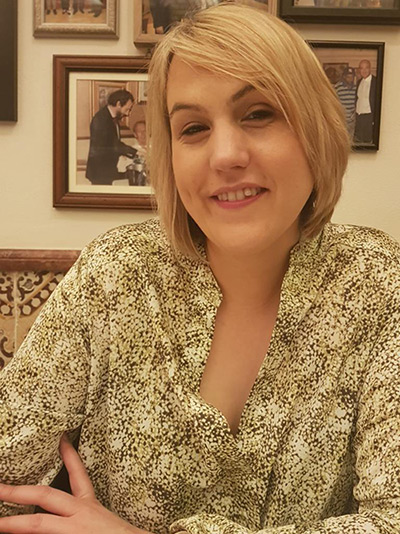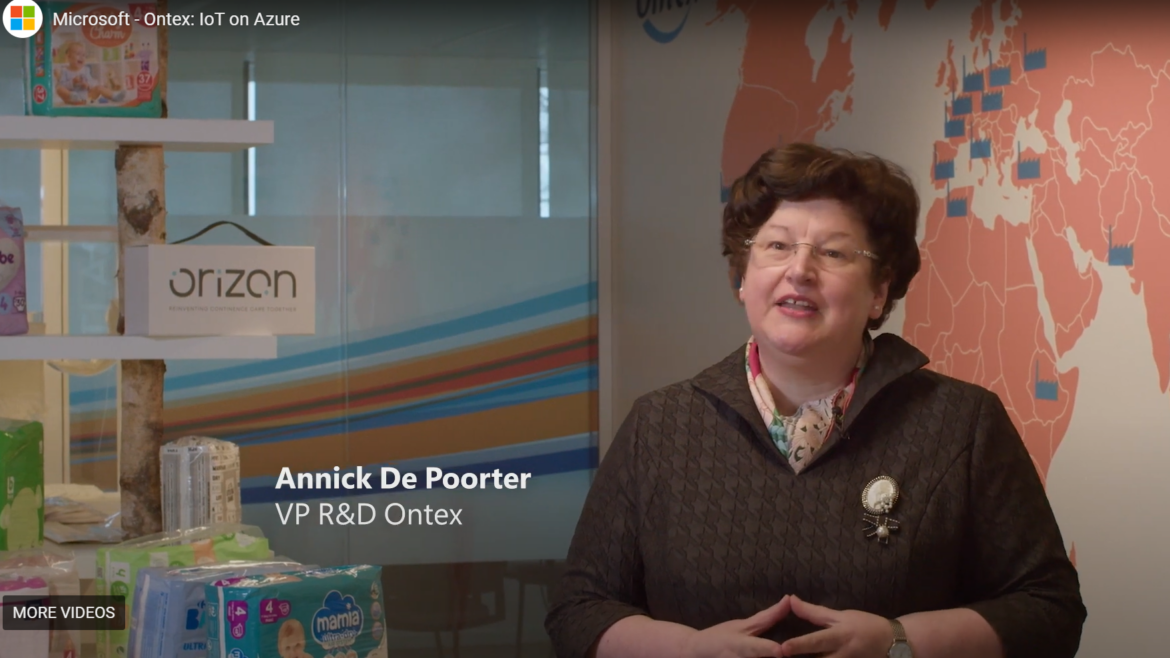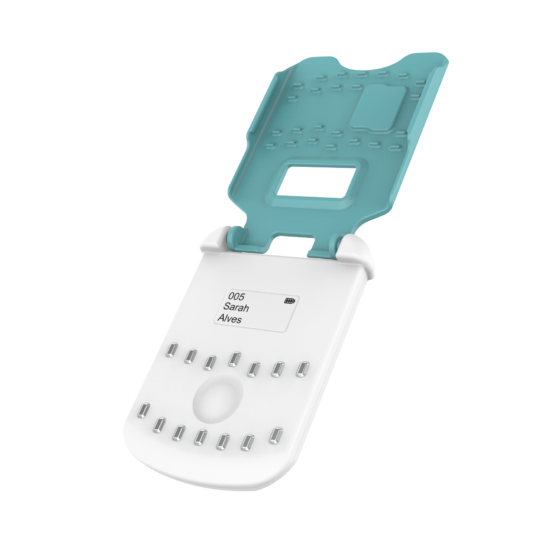Last year during the Care Show, one of the most well-known fairs of the care industry in the UK, we did a short poll with over 200 healthcare professionals. 89% of the respondents said they would embrace technology that could improve continence care so, we asked our Distributor Channel Manager here at Ontex, Angela Gillespie, to share some of her thoughts on this topic. Angela, also known as Ange, supports distributors and care homes to use our continence care products and, in the below article, she discusses what embracing technology in care homes could look like, and what the challenges could be when implementing technology…
A continence care background
Having worked in the continence care market since 1998, I’ve spent a whopping 25 years discussing what great continence care looks like. I’ve been at Ontex for nearly nine years now, and it’s really within the last handful of years that I think we’ve seen a technology wave washing over care homes…whether they are ready for it or not!
A technological revolution
Thinking about it, I believe that COVID-19 forced a lot of care homes to react to technology. For example, when there were no visitors allowed, Facetime and Zoom became the substitute for a cuppa and catch-up for many residents. I’ve heard from my customers that, although it felt uncomfortable to adapt when there was so much going on (understatement!), ultimately they saw the benefits when their team was pushed out of their tech comfort zones. Because, although most people have mobile phones now, it doesn’t mean they are comfortable with the next technological step. This goes for both young and older generations too.
Since then, technology has been slowly becoming the norm. For example, electronic patient records (EPR) are now considered more commonplace. For those yet to adopt, electronic patient records (Nourish Care is a popular choice) are a great tool that allows the secure sharing of patient information. This means less risk of lost information, quicker access for healthcare professionals, and ultimately, better care. Yet, although EPR companies were added to the Health Systems Support Framework in 2019, it’s only now they are becoming more popular.
Change can be scary
Personally, I believe it is because the unknown can feel unnerving. Healthcare professionals work hard and have limited time, so changing processes and introducing new technology can feel alarming.
We recently completed our first UK pilot of Orizon SMART. This is an electronic sensor for continence care that alerts the caregiver when the incontinence product needs changing. When we began the trial, we held sessions with the staff, residents, and relatives to understand why they may feel reluctant about the trial. It wasn’t paying lip service, we listened to understand how to make the technology more accessible.
For example, one support worker was concerned that it seemed confusing to pair the sensor clip to the android phones provided. We were able to give her the phone with the app downloaded and a clip to try it herself. She then waved the clip over the phone and it paired within seconds. So she both felt listened to, and her concerns were alleviated.
Because of this, we try to ensure that our training does exactly what it says on the tin; it’s straightforward and tells you what you need to know. With our recent trial, one of the benefits was being able to train the team in short 15-minute sessions, so it didn’t have a negative impact on the day and you didn’t feel like you’re back at school! We then provide hands-on support whenever it’s needed. The home felt that it made embracing the technology less daunting and easily demonstrated that it was there to support carers rather than take more time from them.
A sector underfunded
While encouraging everyone to be an active part of the journey will help to overcome some of the obstacles, the next issue is the budget.
It’s no secret that the care sector can struggle to afford emerging technology, even when there are clear benefits. Luckily, there is an increasing focus on implementing technology, which includes some reasonable grants and funding to help healthcare settings on their way. For example, NHSX is providing £8.2 million in funding to support digitisation in social care, which is broken down into different regions. Having the initial funding when implementing technology really helps to get over one of the main hurdles. With Orizon SMART, although the initial cost can seem high, after a few weeks we have seen care homes across Europe reach close to cost-neutral. Many factors feed into this, but they can include a reduction in wet beds, unnecessary product usage, and personal protective equipment (PPE).
Not just cost saving
Although technology could help with cost saving and a reduction in physical paperwork, it’s also worth considering the additional added benefits that you can’t assign a monetary value to. For example, our UK trial of Orizon SMART has shown multiple residents sleeping a full eight hours at night. This compares to when each resident would be woken up multiple times a night due to conducting a physical continence product check. With our sensor and product, this can instead be checked electronically. But, the real benefit is how the residents now act when they’ve had a good night’s sleep. Apparently, they are noticeably calmer, happier, and more interactive during the day. This then has a positive effect on other residents and staff because it’s a nicer environment to work in. This, in turn, could even increase staff retention because it more the job more enjoyable. So, what cost do you assign to that?
Final thoughts
Over the past few years, I have seen a shift in the healthcare sector to become more accepting of technology and that’s really great to see. With some many tools out there, it really is time to embrace technology. But, I also understand why some may be reluctant to do so. Here, I think it’s down to the suppliers to bridge the gap, making it easier to embrace and implement tech as it’s there to make lives better, not create difficulties.
With this new attitude to technology emerging, I’m excited to see how the care sector can be supported to continue providing quality care.
To find out more about Orizon SMART, a continence solution created by Ontex, please click here.


